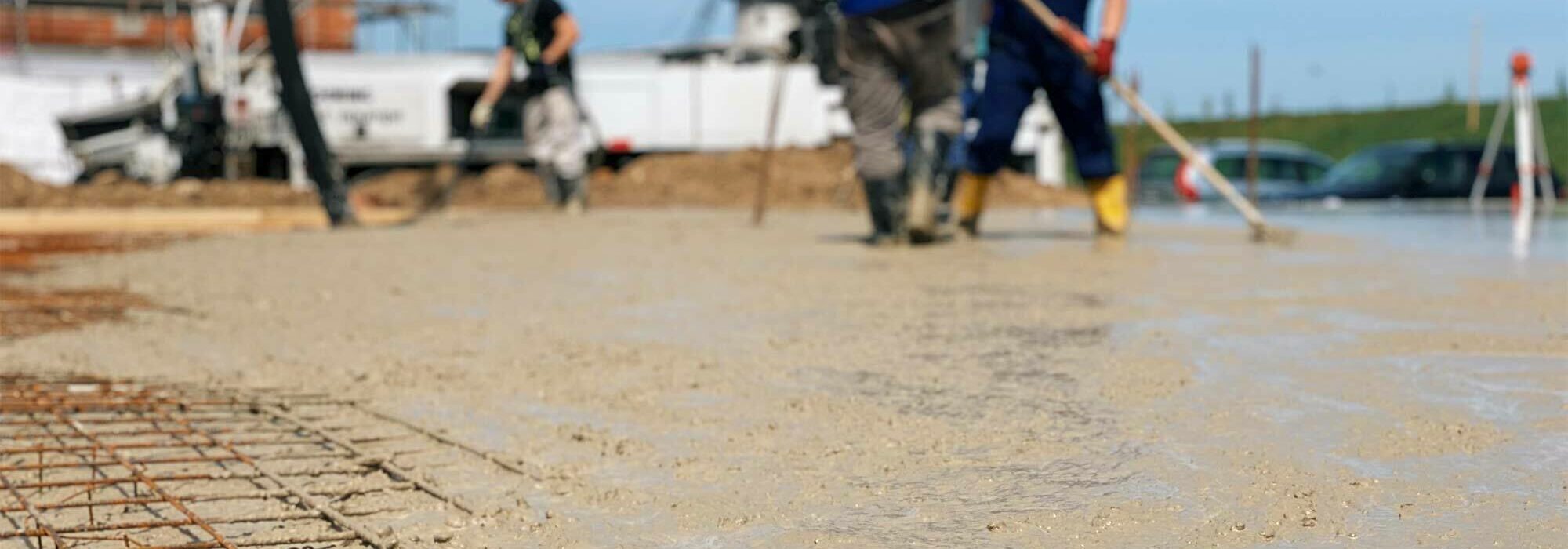Article Excerpt
Learn how hot temperatures affect a home's foundation, and what you can do to protect it during a Texas summer.
Without a strong foundation, nothing would stop your house from sinking into the mud, sliding down a hill, or succumbing to the elements rather quickly. Damage to the foundation can cause catastrophic — and very expensive — damage throughout a house. Texas summers make this job even more important.
Read on to learn more about what hot weather can do to a foundation and what you can do to protect yours.
What does hot weather do to a foundation?
A foundation’s strength is found in its concrete which sits on top of soil, and this is where heat can cause damage. As the soil dries up in the heat, it begins to shrink. This provides less support for the slab or the piers, which may begin to settle or shift. The foundation will keep moving until it finds a place to rest. The more the soil shrinks, the more the foundation will move.
Temperatures in summer in Texas routinely climb above 100 degrees Fahrenheit. This is a threat to the integrity of your home’s foundation. The two main kinds of home foundations in Texas are slab and pier-and-beam. Both are subject to hot temperatures compromising their strength.
A slab foundation consists of a large concrete slab reinforced by rebar. The entire house sits on top of the slab. It can be anywhere from about six inches to several feet thick, depending on the surrounding terrain and the size of the house. The vast majority of new homes, as well as most homes built in Texas in the past forty to fifty years, use slab foundations.
A pier-and-beam foundation begins with a series of concrete piers sunken into the ground. Thick beams of wood connect the piers horizontally, and the home is built on top of the beams. This creates a crawl space underneath the home. Pier-and-beam construction is most common in smaller homes built in the 1960s or earlier.
![Original Photo by Mark Thompson on Flickr [Creative Commons] cracks in house foundation](/images/articles/_generalPhotoStandard/foundation-cracks.jpg)
Original Photo by Mark Thompson on Flickr [Creative Commons]
What can I do to protect my foundation?
The best way to guard against foundation damage is to keep moisture in the soil around the foundation. If the soil doesn’t dry out, it won’t allow your foundation to settle.Too much water around the foundation can also cause damage. You want just enough to keep the soil damp.
The best way to make sure your foundation gets enough water, but not too much water, is to use soaker hoses. Unlike regular hoses, soaker hoses allow water to seep out along the entire length of the hose. You can lay a soaker hose about six to eighteen inches away from the edge of your foundation and let it run for about fifteen to twenty minutes.
If your foundation hasn’t seen any water in a while, you should do this every day, or as often as local drought rules let you. You can do it a few times a week if the summer hasn’t been completely dry.
![Photo by KOMUnews on Flickr [Creative Commons] soaker garden hose](/images/articles/_generalPhotoStandard/garden-hose.jpg)
Photo by KOMUnews on Flickr [Creative Commons]
What happens if I don’t care for my foundation well?
Regularly watering your foundation will make your water bill go up. That is almost certainly less expensive than foundation repair. If you let the soil around your foundation get too dry, you could face damage to the foundation itself and to various other parts of your home:
Cracks will form in the slab.
Floors will no longer be level.
Walls and ceilings will crack.
Doors and windows will no longer fit in their frames. They might not close properly, or they could become stuck closed.
![Photo by shaireproductions.com on Flickr [Creative Commons] crack in bricks](/images/articles/_generalPhotoStandard/crack-in-brick.jpg)
Photo by shaireproductions.com on Flickr [Creative Commons]
Despite the effort, home ownership is worth it!
Texas’ widely varying temperatures pose unique challenges to homeowners. But our return on real estate investments, along with all the other perks of home ownership make it well worth the extra effort.
The Wood Group of Fairway is composed of experienced and friendly mortgage professionals. We’re ready to answer all your questions and guide you through the process. Close quickly and efficiently with the mortgage lender Texans trust. Get started on your free pre-approval by answering a few easy questions now!



